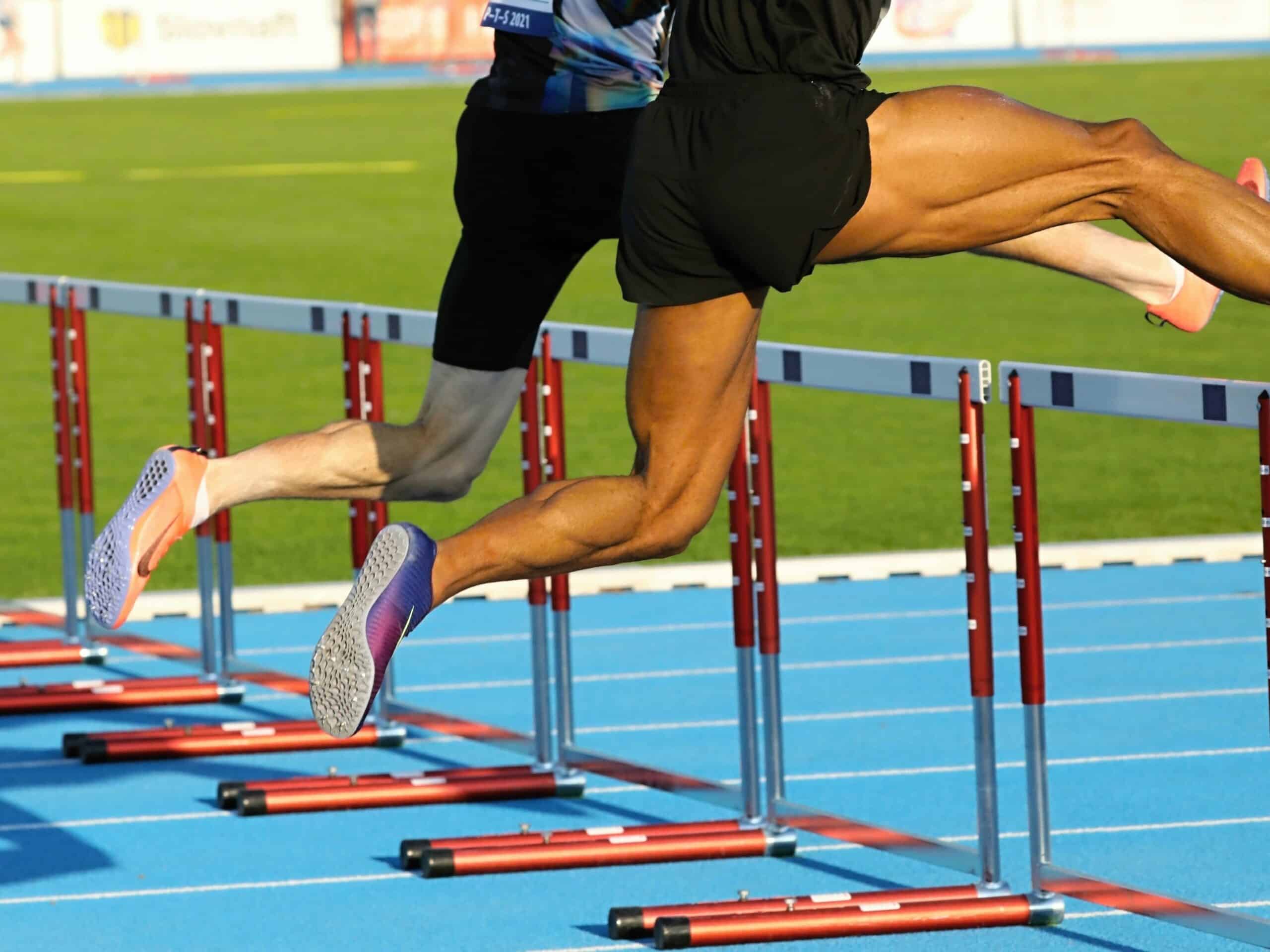
Blogs, E-fulfillment, How-to, How-to, Warehousing, Warehousing
Do not make wanderers out of your order pickers
Date
6 April, 2021
Reading time
5min. reading time
At this moment, the world’s biggest hiking event is in full swing. I am talking about the Nijmeegse Four Day Marches. For four days, thousands of hikers from all over the world walk 40 or 50 kilometers a day. For days or even weeks, they have been training for this event. This is not strange, since the human body is normally not prepared for this. Yet this is almost what distributors expect from their order pickers. Think about the BBC-journalist who covered a distance of a whopping 17 kilometers, when he went undercover in an Amazon warehouse. Okay, this is not the same as 40 kilometers. But usually order picking is a full time job, which means they walk more than four days in a row. Besides the fact that it physically requires a lot of your employers, long walking distances cost lots of time. By organizing this efficiently, you could save a lot of time and money. This brings me to the first of four order pick components: travel time.
Fast- and slow movers
When it comes to the travel time, the fast and slow movers in your warehouse are particularly important issues. I am not talking about the Usain Bolt’s in your order pick team, but the products in your warehouse. Fast movers are distinguished from slower movers by their turnover rate, which you can easily identify with data analysis. Fast moving products have a high turnover rate and slow moving products a low one. Make sure you get yours clearly in sight, so we can proceed to the next few steps.
What do you need them for?
You now have a clear picture of your fast and slow movers. But what now? In 2015, logistiscs specialist Marcel te Lindert named three tips for the travel time component. As usual, there is not one best way. But there are generic applicable tips to find yours.
1. Analyze the past
By doing an ABC analysis, for example, you will get a picture of your fast and slow moving products. In many cases, this results in fast movers at the front of your warehouse and the slower ones in the back. But in full warehouses with large products, it can be a smart move to divide the “A goods” across different sections. This way, the forklifts will not interfere with each other and thus you will prevent traffic jams in the warehouse.
2. Anticipate on the future
Results from the past are no guarantee for tomorrow. Therefore, do not only base your layout on the past. Take future expectations in account as well. Think of upcoming marketing or sales campaigns from your customers, or specific holidays for example. Discuss this with your customer and/or clients to be ahead of unexpected fast moving goods.
3. Find out which goods belong together
Are certain articles often ordered together? Then bring the fixed pick locations of these products close to each other. To make it a bit more clear: place the coffee cups next to the coffee spoons and smartphones close to their matching covers. Of course, you have the knowhow to define matching goods within your market.
Order pickers, no order runners
The beforementioned tips ensure that you make a correct, efficient distribution within your stock. This makes an efficient picking process a certainty and saves your order pickers a lot of meters. And muscle strain, blisters and back complaints. The following tips mainly contribute to the physical condition of your order pickers. And therefore probably their mental condition as well.
1. Create passages at strategic locations
When pickers only have to stop a few times to get a product, your warehouse as a low pick density. In that case you have to create strategic passages, so that your employees do not have to walk the entire corridor to get to the needed product. To subsequently walk completely back for the next article. Boltrics can help you set up these customized routes for your order pickers.
2. Place (label)printers near pick stations
This and the next tip also contribute to the second component, processing time. Do your pickers have to print the shipping label or add a packing slip? Then place the printer on a location that makes sense. Near the wrapping machine or on the consolidation square is in many cases a good option. This saves a lot of processing time after searching for and picking up the article.
3. Make sure replenishment happens on time
Restocking the pick location, or replenishment, must be done on time. On time does not mean as early as possible. Replenishing too soon results in a lack of space on the warehouse floor. Doing this too late leads to unnecessary waiting to be able to pick. Pick the exact right moment, might be the right sentence in this case. For determining the right moment, a well-organized WMS can help you perfectly.
A lot to take in consideration
Again we have found out there is a lot involved in designing the best picking process. Only two of the four components have been discussed and there is still a lot coming. Fortunately, you do not have to figure out everything yourself. With our years of experience and a product that is created for the logistics sector, we know exactly what you need and which way tactic works best for your organization. Once your system has been set up by us, the rest will go automatically. Please contact us and make sure you will rise in the pick order.

